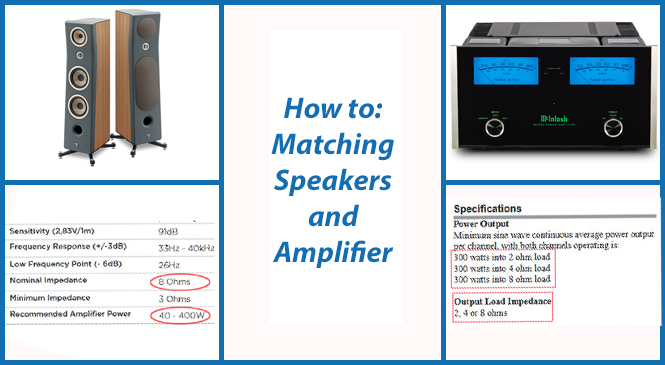Monoprice99
Friend of Leo's
You got that backwards you don't want to blow speakers and have no load on a tube amp head or chassis in a combo. Solid State is the one everyone says it's relatively safer to have no load from an accident. Having more speaker than the amp pumps out RMS or peak and the amp should be fine, because that's what it's supposed to do when the impedances are matched or safe matched. A RC 75W speaker is inexpensive in comparison to a tube amp, it would be a shame to damage a tube amp's power transformer & perhaps something else because the speaker couldn't handle the wattage RMS or peak. Which is easier & less expensive to troubleshoot or replace ? The amp head/guts or a single driver in a combo practice amp ? I mean, I wouldn't want to replace any of it, but if I have a choice, I can swap a speaker a lot easier than a power transformer. I think if a 25W Frontman is blowing a 75W RC speaker, there's something else going on inside the amp that is seriously wrong with the amp or even speaker.Everything I read says that speaker wattage should be the same or lower so the amp doesn't get damaged.
The other question is a series vs parallel wiring among multi-speaker cabinets. A Frontman 25 is a single speaker combo, not 2 speakers. Whatever the speaker's impedance is, that's what needs to be safely matched with the amp's output impedance.
As I understand it from reads, you do want o ensure the speaker leads are matched as "+" & "-", the speaker would then be out of phase.




